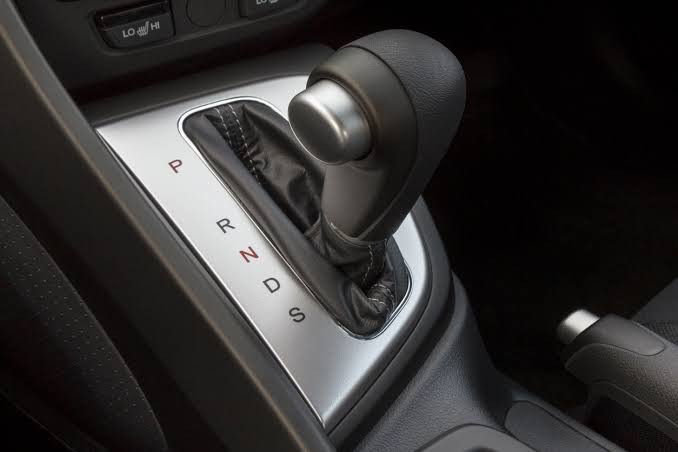"It takes less fuel to maintain idle speed if the load on the engine is zero," claims a popular automotive forum post with thousands of upvotes.
But is shifting to neutral at every red light actually saving you money, or potentially causing damage? I've heard this debate countless times in my garage. Today, we settle it once and for all.
The Mechanics Behind Your Choices
When your automatic transmission sits in Drive at a stoplight, the torque converter essentially a fluid coupling between your engine and transmission continues to operate. This ingenious device allows your engine to spin somewhat independently from your transmission, preventing your car from lurching forward without pressing the gas.
In neutral, your transmission is completely disengaged from the engine. Sounds better, right? Not necessarily.
Fuel Economy
Despite popular belief, the difference in fuel consumption between idling in Drive versus Neutral is negligible in modern vehicles. Here's why:
Modern engine management systems are smarter than you might think. When stopped in Drive, they reduce fuel flow automatically. The slightly higher RPM you might notice in Drive versus Neutral (often just 50-100 RPM difference) translates to pennies of fuel difference, even during longer stops.
"Shifting to neutral calms down your engine note and drops the RPM. That saves gas," claims one automotive website. But this outdated advice doesn't account for modern electronic fuel injection systems that have essentially eliminated this benefit.
Transmission Wear
The concern about transmission wear is more complex. Every time you shift from Drive to Neutral and back again, you're engaging shift mechanisms that experience incremental wear. As one mechanic from Bob Is The Oil Guy forums notes, "I prefer the convenience of leaving it in drive. Less wear on the shift cable or shift solenoid(s) too, which might be a problem after 200k miles."
Come to think about it, your automatic transmission was designed with the expectation that you'd rarely use Neutral except when parking!
Safety Considerations You Can't Ignore
Perhaps the strongest argument for staying in Drive comes down to safety. When your car is in Drive with your foot on the brake, you're ready to move instantly if needed. Those precious seconds matter in emergency situations.
Even more concerning is the risk of accidentally selecting Reverse instead of Drive when hurriedly shifting back from Neutral as the light turns green. I've seen the resulting repair bills, they're not pretty!
What Car Manufacturers Actually Recommend
Most vehicle manufacturers explicitly recommend leaving automatics in Drive at stoplights. This isn't just about safety, it's about how the transmission is engineered to function. Modern automatic transmissions are specifically designed to handle the minimal load imposed during idle in Drive.
According to Motorpoint's driving guide: "When stopping at traffic lights or at a junction, you should leave your car in 'D' with your right foot holding the brake pedal. Shifting to neutral while stopped can cause a very small amount of internal wear in some automatic gearbox designs which, over time, could reduce the lifespan of the unit."
The Bottom Line
After years of professional experience and examining the evidence, my recommendation is clear: leave your automatic in Drive at stoplights. The minimal potential fuel savings are outweighed by increased transmission wear from repeated shifting and the safety benefits of being ready to move.
If you're truly concerned about fuel consumption while idling, modern start-stop technology provides a far better solution than manually shifting to Neutral.
Remember your transmission is an intricate, precisely engineered system. Trust that engineers designed it to handle those brief pauses at traffic lights without needing your intervention.
What's your take on this? Drop a comment below with your experiences, and I'll help address any specific concerns about your vehicle!

Comments (0)
Please login to join the discussion
Be the first to comment on this article!
Share your thoughts and start the discussion